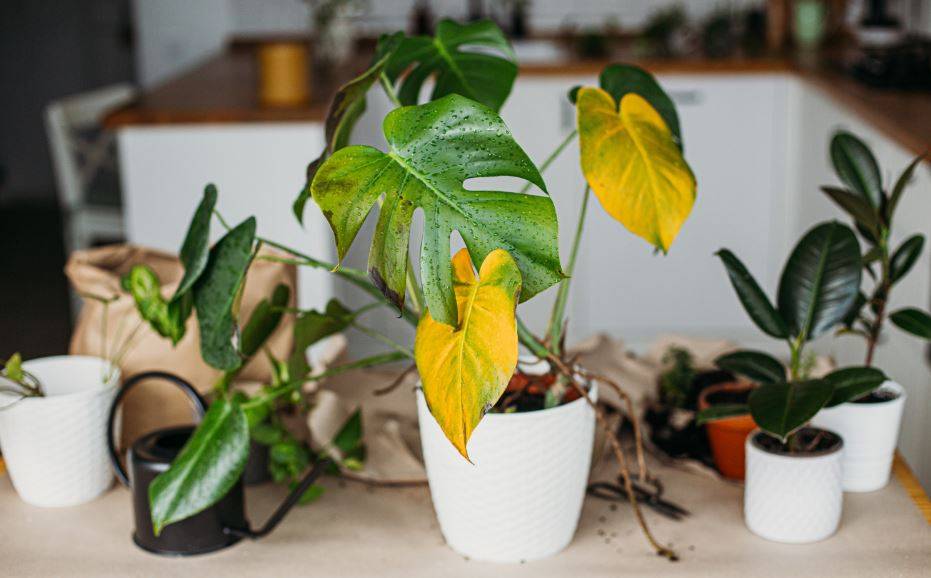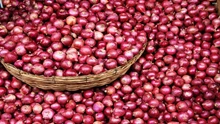
This is a question that every indoor gardener has pondered. Houseplants, as beneficial as they are to your health and to your decor, appear to have a penchant for dying- especially if you're new to indoor gardening. Worse, many gardeners are baffled as to why their favourite plant died.
The good news is that plants do not perish for no apparent cause. In fact, depending on the species, houseplants are quite predictable, and the vast majority of houseplant deaths are caused by the same few variables. The following are the most common causes of houseplant death.
1. Too Much Water
It may appear difficult to drink too much water, but it is not only possible but also a common blunder. In a typical potting setting, just a few plants, including many of the tropical plants we enjoy indoors, can tolerate daily watering. The ancient rule of thumb of waiting until the top inch of soil is dry is a good one. You can also watch for drooping or withering leaves in your plant to see whether it's thirsty. In general, wait until your plants are thirsty before watering them.
2. Poor Drainage
Overwatering's first cousin is this. It's difficult to distinguish between watering and drainage because they're so closely related, but there's no denying that poor drainage kills a lot of plants. Poorly drained pots, such as those with root-bound plants or just old potting soil, can readily hold water in the bottom of the pot, even if the top is drier.
As a result, roots sit in water, producing ideal circumstances for root rot to thrive. Similarly, many individuals water their plants until the water runs out into the tray, but then fail to dump the tray, leaving the plant in a pond. Root rot is also a possibility if you do this. As a general rule, the better your drainage, the more frequently you can water and the more leeway you have to make irrigation mistakes.
3. Not Repotting
It's all too usual for a plant owner to keep a plant for a year or two, during which time it thrives and looks fantastic, only to be surprised and perplexed when the plant suddenly fails. This is frequently caused by a root-bound plant that is no longer obtaining appropriate nutrition from the soil (due to a lack of it). Although not all plants require repotting every year, you should keep an eye out for root-bound plants.
4. Using Old Potting Soil
This is also linked to the failure to repot. The majority of potting soils are made of peat, which degrades over time and becomes acidic. Because it becomes more difficult for water and oxygen to adequately infiltrate the root zone as peat degrades, the plant will slowly starve if nothing else changes (e.g., your watering schedule). Repotting when the plant requires it is the best option here. Take cuttings if your plant is too old.
5. Fertilizer Issues
Light and fertilizer difficulties are conspicuously absent from this list. The truth is that many plants can be quite adaptable if the watering and drainage are done correctly. A plant with a healthy root zone can frequently withstand temperature variations, poor lighting circumstances, and even low light levels. Plants are similar to houses in that they require a solid foundation to thrive. However, if you give your plants the right amount of light and fertilize them properly, they will grow.









